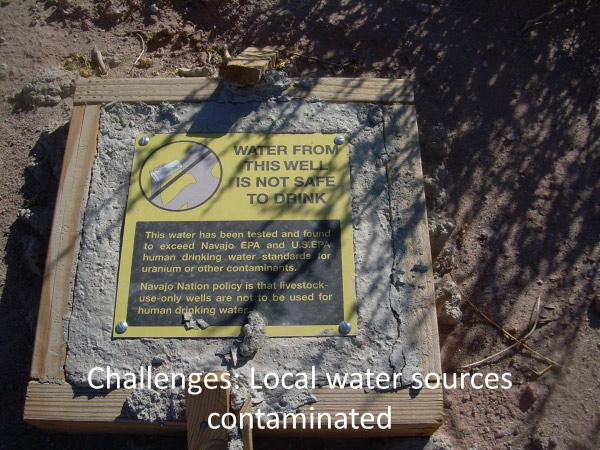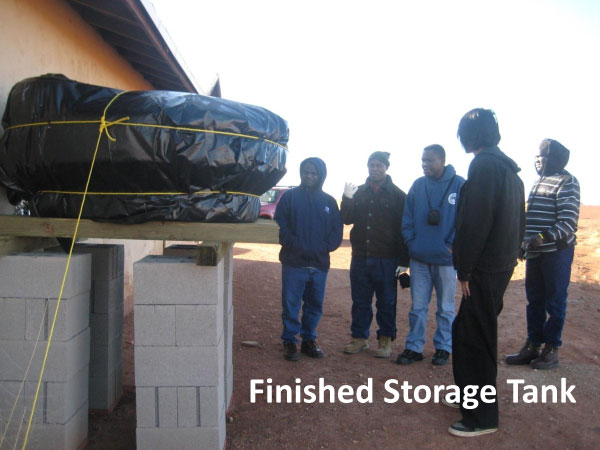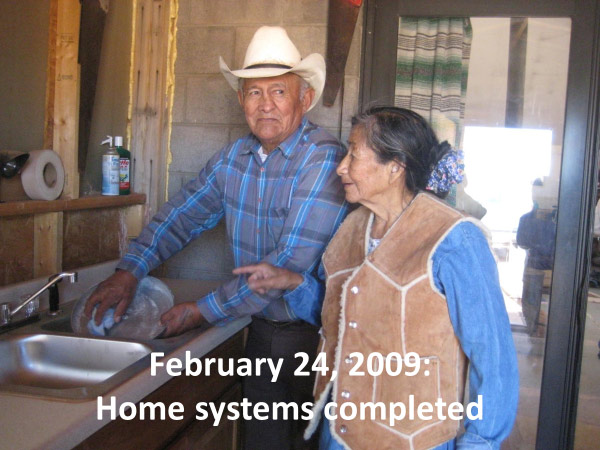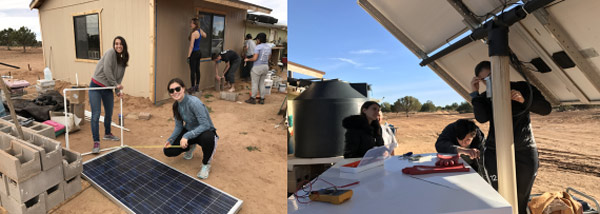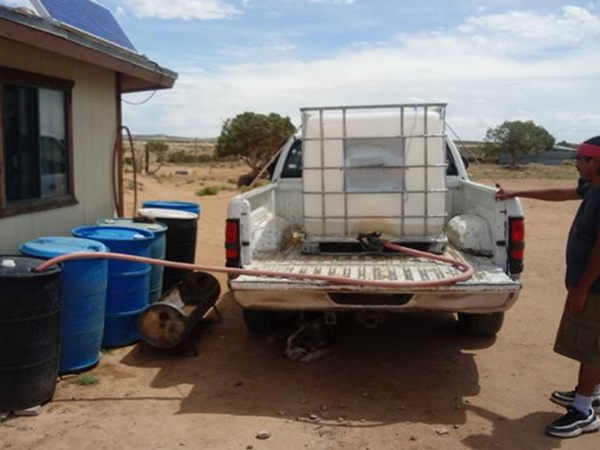Overview
This new initiative of the Water Resources Action project will connect Israeli students with students in schools in the Hopi and Navajo Nations in order to share their experiences and knowledge in dealing with water. The climates of Israel and the American Southwest are similar in many ways; fresh water has always been a scarce resource,; especially during the hot summers and long drought periods. Israel is considered a leader in water conservation and water treatment technologies and through this program, Israeli students will explore ways to solve some of the problems that Native Americans face because of water scarcity and poor infrastructure. The students in the Navajo and Hopi Nations have a rich cultural tradition as stewards of the earth and Israeli students will learn about the wisdom of learning to live in harmony with their environment. In addition, WRAP will partner with the Forgotten People, a local organization, to provide direct aid to alleviate some of the problems associated with the lack of water in parts of Navajo and Hopi Nations.
The Problems the Hopi and Navajo (Dine) Face
Many people living remote sections of on the Navajo and Hopi Nations lack access to running water and many of the water sources they use have high natural concentrations of uranium or may have been contaminated with poisonous chemicals, including arsenic and uranium that has leaked into the water from the hundreds of mines on the reservation. While the communal wells that are unsafe have been labeled, many people use the water from them anyway, either because they do not fully understand the dangers, or because they have no viable alternative. Even when the water is safe, the containers used to transport it have often been contaminated. This situation has been further compounded by the lasting effects of a 40-year long prohibition on construction in the area (the Bennett Freeze), which prevented development of adequate water, power and transportation infrastructure.
The lack of access to safe clean water has also left the community more vulnerable to diseases, including the current COVID-19 pandemic. The lack of safe running water in many homes has also been compounded by the pandemic, many elderly members of the community depend on younger members to visit and haul water for them, and these visits have been prevented by the lockdown and fear of spreading infection.
The People and Partners
WRAP is working with Forgotten People, a grassroots organization founded in 2005, which helps families in several parts of the Navajo and Hopi Reservations find low-cost, off-grid solutions to the problems due to lack of infrastructure. This work is carried out while some of the families face forced relocation and the environmental degradation caused by the coal mining on the reservation.
Our Progress Partners
The Black Falls Water Project is one of Forgotten People’s successful projects. In Phase 1 of this project, ten families in the Black Falls community on the Navajo Nation were provided with safe drinking water and sanitation in 2008-2010.
In Phase 2, they partnered with the U.S. Environmental Protection Agency and the Indian Health Service to install full bathrooms using underground cisterns with solar-powered pumps. From 2013-2019, Forgotten People worked with Engineers without Borders to improve on the designs of the systems that were installed in Phase 1 by adding solar-powered pumps, hot-water, and grey water outflow.
The Plan
WRAP plans to supplement and assist the work already being done by Forgotten People in the Navajo and Hopi Nations by helping them to:
- 1. Provide free water delivery to the elderly: we will fund purchases of new tanks and pumps for off-grid water delivery to isolated family camps.
-
-
-
- 2. Construct and distribute hand washing
-
-
- 3. Help design and provide home filtration and storage systems
- 4. Connect students in the Navajo and Hopi Nations and the Middle East to facilitate discussions where the students can compare and contrast the role water plays in their lives, cultures, and religions.
- 5. Develop a curriculum on safe water practices for use in local schools


